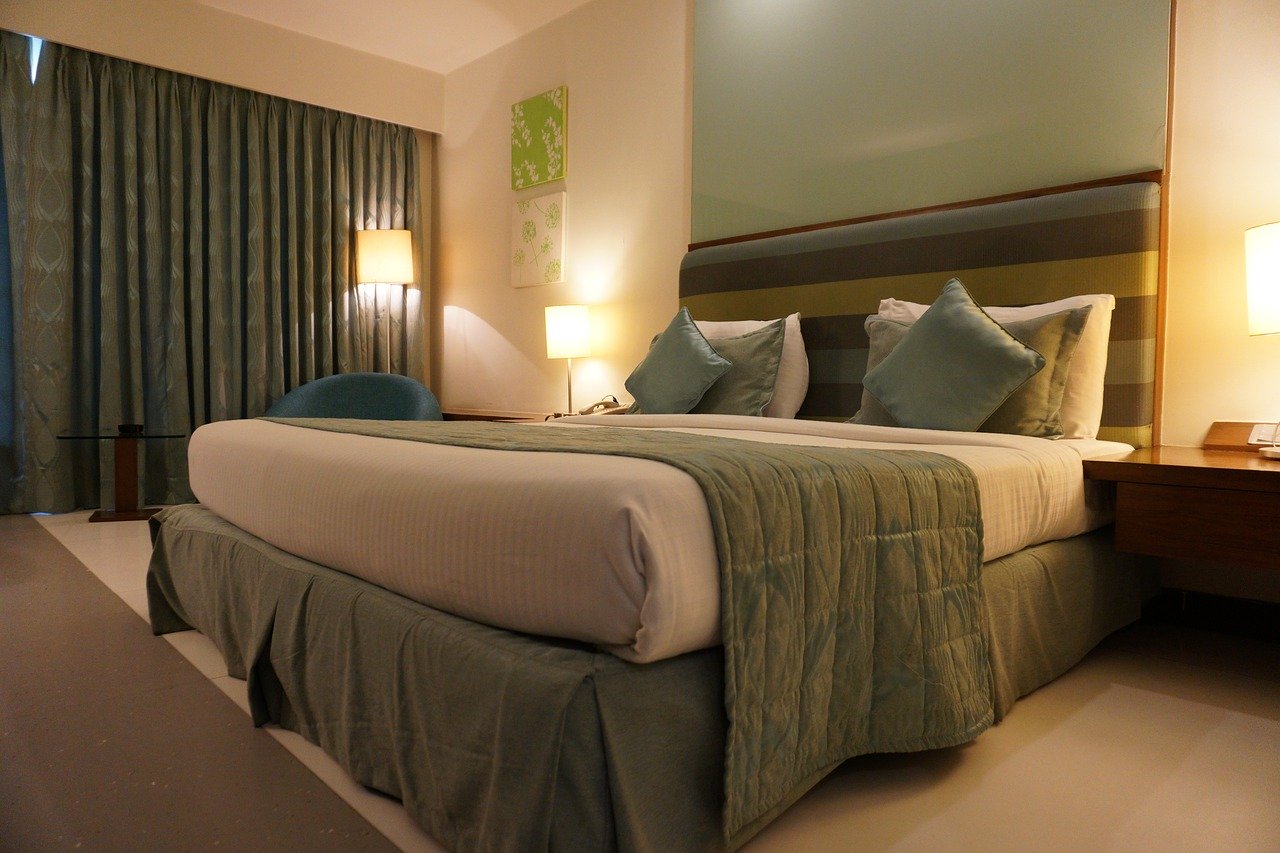It’s not surprising to find bed bugs in a hotel. After all, a hotel can accommodate thousands of travelers in a year. One or two travelers are bound to bring in bed bugs which may start an infestation in a hotel room.
You don’t want to stay in a hotel room with bed bugs. Though these pests don’t spread diseases, their bites can lead to itchiness, skin irritations, and even infections. So, if you are staying in a hotel, make sure to check your room for bed bugs first.
Here are the things you can do.
1. Don’t unpack your luggage immediately
Don’t immediately settle in your hotel room. Put your luggage first in an isolated area, such as a rack. Make sure it doesn’t make contact with the rest of the hotel room, especially the floors.
Bed bugs can get into your luggage. The worse thing is, you can bring your infested luggage home and start an infestation there. To keep your luggage safe from possible bed bugs in your hotel room, isolate it first. You can unpack later once you have checked the hotel room.
2. Smell the hotel room
There are a lot of signs of a bed bug infestation. There can be live bed bugs in the hotel room. Carcasses, eggs, and fecal matters can also be lying around. But there are signs that are not as obvious. One of the more subtle signs is the musty smell.
Bed bugs produce pheromones. You may not smell the pheromones being released by one lone bed bug. But you can definitely smell the pheromones when there are many bed bugs in a closed area like your hotel room. The carcasses and fecal matters also make the smell even worse.
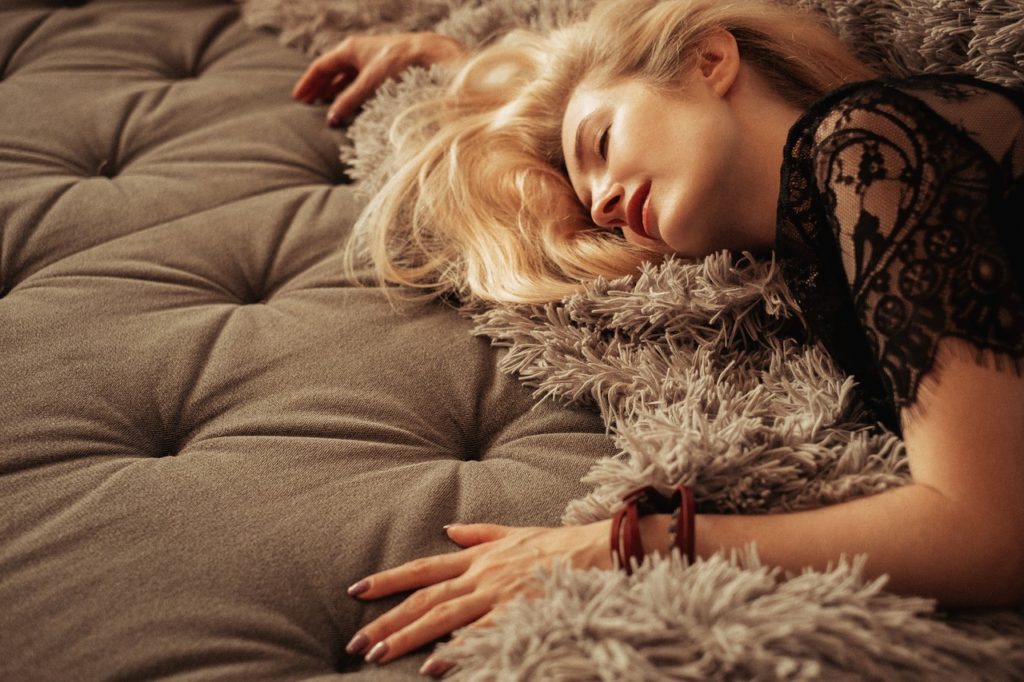
3. Know what to look for
How can you check for bed bugs in a hotel if you don’t know what to look for? Here are the most solid evidences of a bed bug infestation, so these are the ones you should look for the most.
- Live bed bugs. They look like small brown insects.
- Bed bug carcasses. These are the shed shells or corpses of the pests.
- Bed bug eggs. These look like milky white capsules. You can often find them in clusters.
- Bed bug fecal matters. These are brown stains that you can probably still smear across the surface where you find them.
- Blood stains. These are bed bugs that have been squashed.
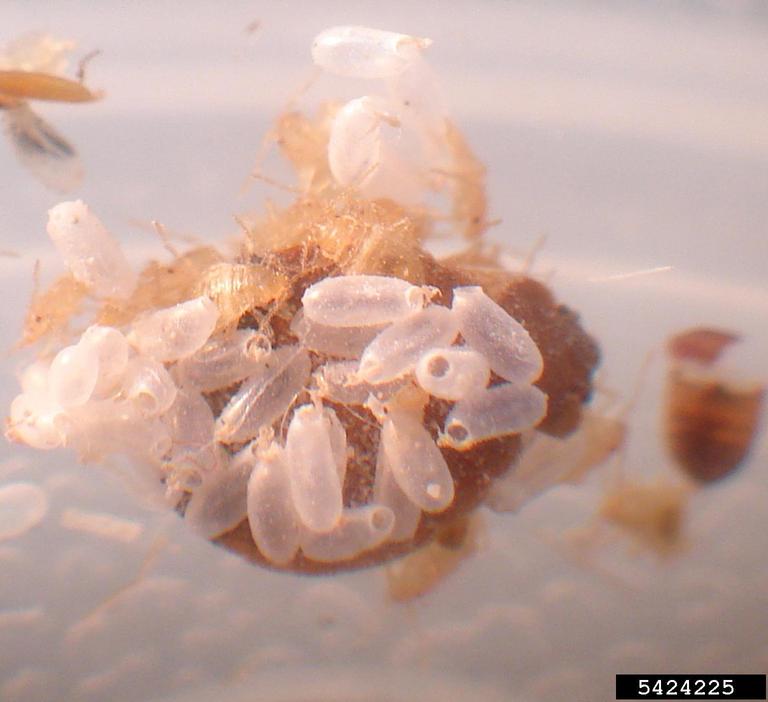
4. Check the entire bed
These pests are called bed bugs for a reason. If you want to check for bed bugs in your hotel room, the bed is definitely one of the first spots you should examine. You should be very thorough here. Check every nook and cranny of the bed.
- Peel the blankets and check the corners of the bed. These pests really like the corners of the bed, so make sure to check all four corners. You may find live bed bugs, carcasses, eggs, and fecal matters on the folds and seams.
- Remove the covers and examine the surface of the bed. Remove the covers, blankets, pillows, and other objects on the bed to expose the sheets. Aside from live bed bugs, carcasses, and whatnots, you may also find blood stains there.
- Lift the mattress and check its underside. These pests can also thrive on the unexposed side of the bed, so make sure to look for the signs in there too, especially in the corners.
- Look at the headboard. These pests can also be found in the areas around the mattress, such as the headboard of the bed frame. Carefully examine the headboard, especially if it has grooves and other designs that produce cracks and crevices.
- Flash a light over the legs of the bed. The legs of the bed are hot spots for these pests too, especially for their eggs. Illuminate these areas to see if there are signs of an infestation. Give particular attention to the parts that connect to the main bed frame.
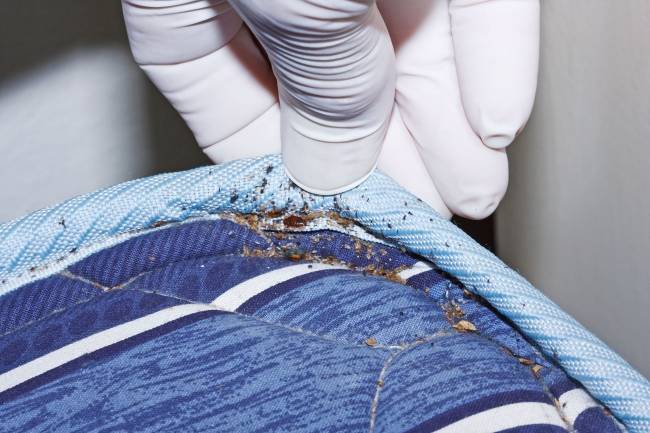
5. Check the sofas and chairs
Contrary to popular belief, bed bugs are not just found in beds. You can also find them in furniture, especially those that have soft cushions, such as sofas and chairs.
Inspect these pieces of furniture. Be extra mindful if these furniture have black or red cushions. Bed bugs like these colors because they can easily camouflage. Also, give particular attention to the cracks and crevices in these pieces of furniture, because bed bugs like to hang out in these places.
6. Check the wooden items
Bed bugs can also thrive in wood. No, they don’t actually burrow in wood. They just make the cracks and crevices their home. So, these cracks and crevices are the spots you should look for in the wooden pieces around your hotel room.
The pieces that first come to mind are the cabinets, drawers, dressers, and nightstands. Give particular attention to those that store clothing, as bed bugs are known to get into fabrics too.
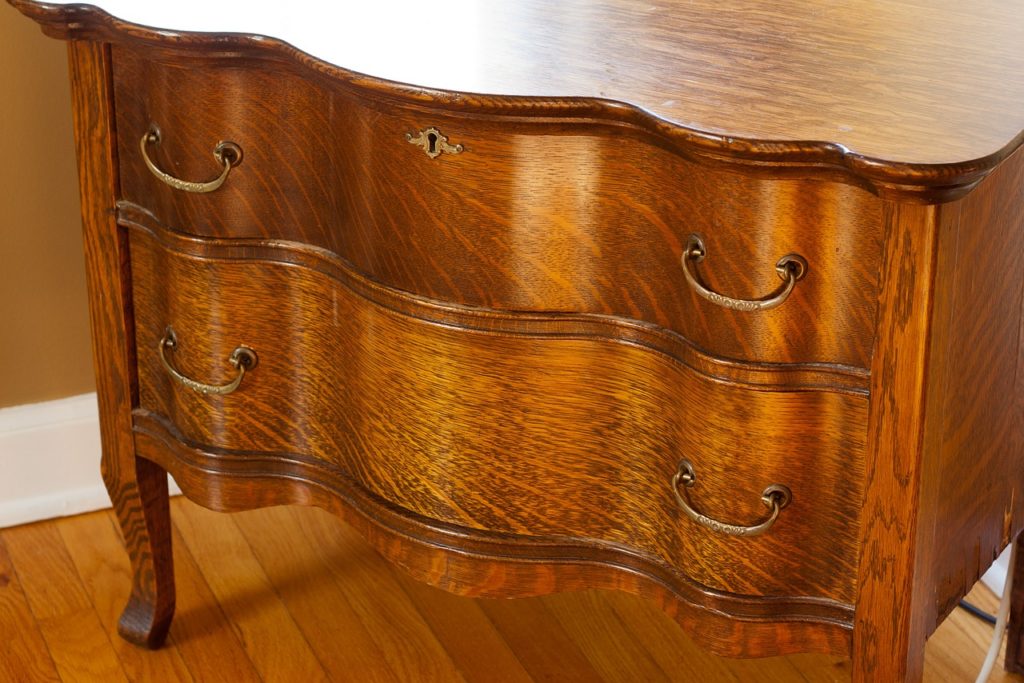
7. Check the curtains
Indeed, bed bugs are into fabrics, but this doesn’t mean that you should worry about the clothes you are wearing. It’s very unlikely to get hitchhiking bed bugs in moving fabric, though it can happen.
The pests prefer fabrics that are not disturbed often, like the curtains. They can even thrive and live there, especially if the hotel staff don’t change and wash the curtains often enough.
8. Check the walls
A stained wall is another sign of a bed bug infestation. So, if you really want to check for bed bugs in your hotel room, don’t disregard your walls. After all, the walls are already prominent parts of your hotel room. It will be easy to spot whether they are stained or not. Don’t waste the easy opportunity.
When examining your hotel room walls, give particular attention to the parts that touch the beds, carpets, and curtains. These parts are more likely to stain. The bed bug infestation may be severe enough that these pests are starting to spread across the room, including the walls.

